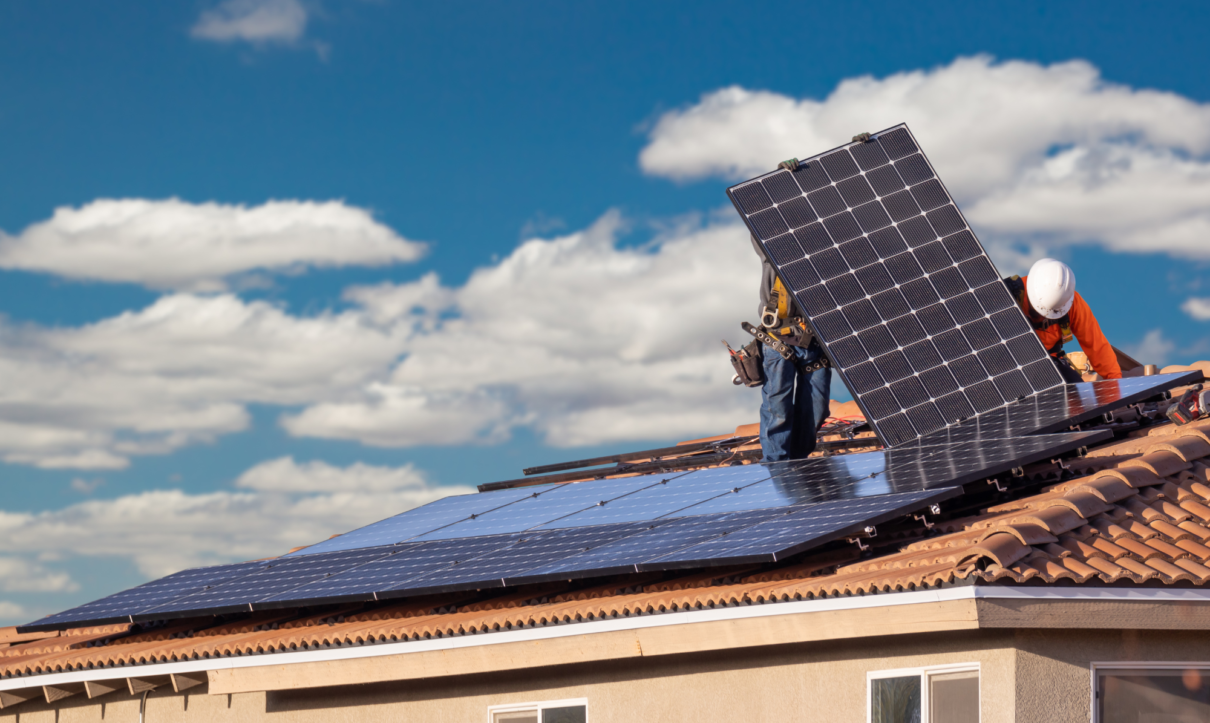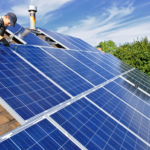Detach and Reset Solar Panels: Complete Guide to Process, Cost, and Safety
Why You May Need to Detach and Reset Solar Panels
As more homeowners and businesses adopt solar energy, understanding how to manage and maintain your system is essential. One critical aspect is knowing how to detach and reset solar panels safely—especially during roof repairs, upgrades, or renovations. In this comprehensive guide, we’ll explore the top reasons to remove solar panels, the step-by-step process, cost breakdowns, and why hiring professionals is crucial.
Common Reasons to Detach and Reset Solar Panels
- Roof Repairs or Replacement: Roof damage or aging is the most common reason homeowners need to detach and reset solar panels. Since solar panels are mounted directly onto the roof, roofing contractors must have clear access to the surface. Temporarily removing the panels ensures that roofing work can be completed safely and without risking damage to the solar system.
- System Maintenance or Upgrades: Technological advancements in solar power may lead homeowners to upgrade certain components, such as inverters or panels. Maintenance issues like wiring problems or wear-and-tear also require temporary removal. Resetting the system ensures continued efficiency and safety.
- Home Renovations or Additions: Structural modifications to a home, such as building an addition or modifying the roofline, may interfere with existing solar installations. Panels may need to be relocated or temporarily removed to accommodate construction.
- Relocating the System: In some cases, homeowners may choose to relocate solar panels to a different area on the same property or even transfer them to a new home. A professional detach and reset is required to maintain the integrity of the system.
How to Detach and Reset Solar Panels Step-by-Step
Removing and reinstalling solar panels is a multi-step process requiring careful attention to detail, electrical knowledge, and safety precautions. Here is a breakdown:
- Step 1: Initial Assessment and Planning
A professional will assess the condition of the solar panels, the electrical system, and the roof. The plan will also include time estimates, cost, and a risk assessment. - Step 2: System Shutdown
Before any physical work can begin, the solar system must be safely shut down. This includes turning off the inverter and disconnecting the panels from the grid. - Step 3: Disconnecting Electrical Components
Qualified technicians will disconnect the wiring and conduit from each solar panel. This process must be handled with care to avoid damaging delicate electrical parts or causing a short circuit. - Step 4: Panel Removal
Each panel is carefully detached from its racking system. The mounting hardware is inspected to ensure it remains usable for reinstallation. - Step 5: Storage and Protection
Panels are typically stored on-site in a safe and dry location. They should be placed in padded or secure environments to prevent scratches, cracks, or moisture damage. - Step 6: Roof Work or Renovations
Once the panels are removed, roofing contractors can begin their work. This phase includes replacing underlayment, shingles, tiles, or conducting full structural upgrades. - Step 7: Reinstallation of Panels
After roof work is completed, the solar team returns to reinstall the panels using the existing racking or new hardware, depending on the situation. Panels are re-secured and repositioned to maintain optimal sun exposure. - Step 8: Electrical Reconnection and System Testing
All electrical components are reconnected, and the system is tested for safety and performance. Technicians ensure that energy production is back to normal and that no components have been compromised during the detach and reset process.
Cost Breakdown and Considerations
The cost to detach and reset solar panels varies depending on multiple factors, such as the size of the system, the complexity of the roof, and regional labor rates. Below is a general outline:
- Cost Per Panel: $90 to $400
- Average Residential System: $2,500 to $7,000 total
- Additional Roofing Costs: If the roof requires structural reinforcement or specialized material, this adds to the total cost
- Upgrades or Replacements: If inverters, connectors, or panels need replacing during reinstallation, expect additional expenses
- Permits and Inspections: Some jurisdictions require new inspections or permits when reinstalling a solar energy system
It is advisable to bundle solar panel removal with scheduled roofing work to reduce the overall cost and avoid repeated detachments.
Safety and Compliance Considerations
- Electrical Safety: Solar systems operate at high voltage. Improper removal poses risks of shock or fire. Always ensure that licensed professionals perform electrical disconnection and reconnection.
- Building Codes and Permits: Depending on your location, there may be building codes governing the removal and reinstallation of solar equipment. A qualified contractor will be familiar with these requirements and help you navigate the permitting process.
- Manufacturer Warranties: DIY removal or hiring unlicensed contractors may void panel or inverter warranties. Certified professionals maintain these warranties by following manufacturer-approved procedures.
- Insurance Coverage: Notify your homeowner’s insurance company before beginning the process. Damage to the panels or roofing during detachment might be covered if handled professionally.
DIY vs. Professional Detach and Reset of Solar Panels
While it might be tempting to consider DIY panel removal to save on costs, doing so can lead to serious safety issues, damaged equipment, and lost warranties. Here’s why hiring professionals is the smart choice:
- Expertise in Handling Delicate Equipment: Solar panels are expensive and fragile. Professionals know how to remove them without damage.
- Tools and Safety Gear: Specialized tools and gear are needed for safe rooftop and electrical work.
- Warranty and Compliance: Certified installers ensure the system remains under warranty and complies with local codes.
- Faster Turnaround: Experienced crews can complete the job quickly and efficiently, minimizing energy downtime.
Questions to Ask Before Hiring a Contractor
- Are you licensed and insured?
- Do you have experience with solar panel detach and reset services?
- Will my panel and roof warranties remain valid?
- What is your estimated timeline and cost?
- Can you assist with any necessary permits?
- What precautions do you take to prevent panel or roof damage?
Tips for Homeowners Planning a Detach and Reset
- Coordinate Early: Align your solar removal with the roofer’s schedule to avoid delays.
- Document Everything: Take photos of the system layout before removal to aid reinstallation.
- Evaluate System Performance: Use this opportunity to check your system’s efficiency and consider upgrades.
- Review Contracts Carefully: Ensure all services, costs, and warranties are clearly spelled out.
Conclusion
To detach and reset solar panels is a necessary step for many homeowners looking to repair or upgrade their roof without compromising their investment in renewable energy. While the process may seem daunting, understanding each step—from assessment and removal to reinstallation and testing—helps reduce anxiety and ensures smooth coordination. More importantly, hiring experienced professionals protects your equipment, your roof, and your peace of mind.
By planning ahead and working with certified installers, homeowners can confidently navigate the detach and reset solar panels process while continuing to enjoy the benefits of solar energy for years to come.
👉 Click here to get an estimate for your solar panel removal.
Did You Know?
According to the U.S. Department of Energy, proper cleaning and certified service can help solar systems last for decades. When you detach and reset solar panels, working with professionals ensures both safety and long-term performance.



